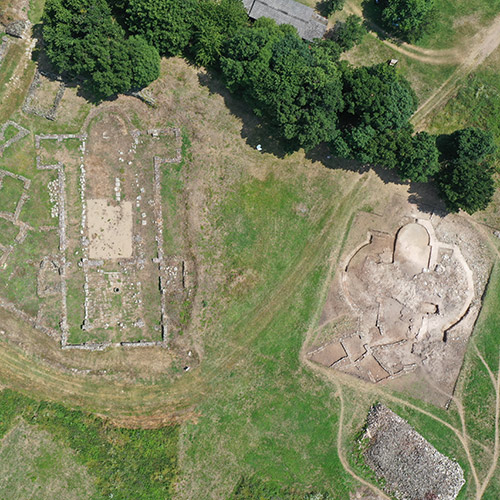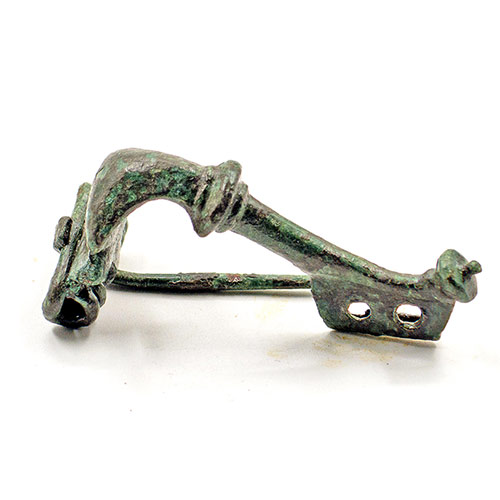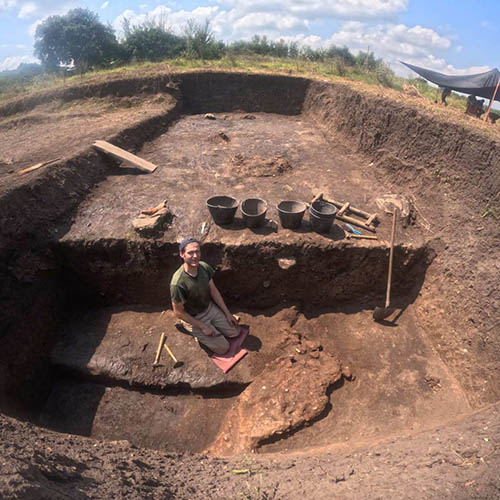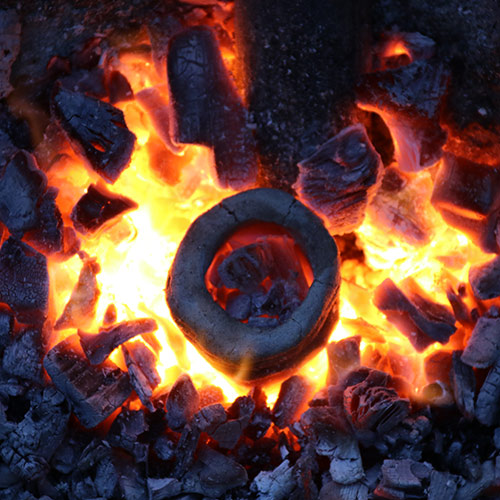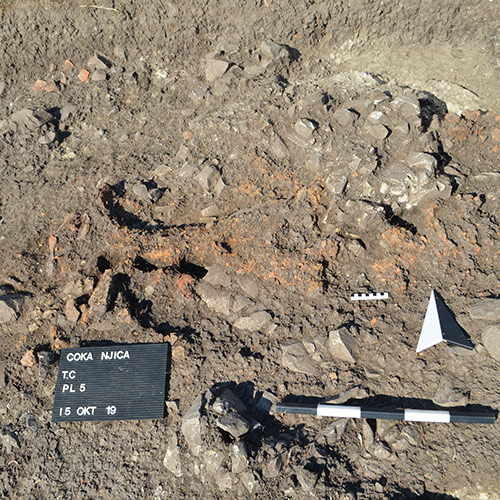-
GREENHERITAGE – Nurturing a sustainable future in the gardens of time
The GreenHeritage project aims to integrate cultural heritage, specifically at archaeological parks, with teaching young generations about sustainability. This initiative looks to fill a critical gap in current education by connecting the stewardship of cultural sites to active environmental learning. By leveraging the rich histories and material examples found in archaeological parks, GreenHeritage seeks to cultivate ecological thinking through a novel educational framework.
-
Dancing Histor(y)ies
“Dancing Histor(y)ies, Binding Communities and Heritage Through Dance” is a European project that aims to connect local communities and cultural heritage with contemporary dance. The project is co-financed through the Creative Europe call (Project ID: 101099222)
-
Caričin Grad
Caričin Grad, a site that most researchers today identify with Justiniana Prima, represents one of the most striking examples of the restoration of Illyricum carried out by Justinian II (527–565). The spirit of that restoration was recorded in the work "On Buildings" by Procopius of Caesarea, which mentions a large number of newly built and renovated fortifications in the area
-
Glac project
The archaeological site of Glac is located along the Sava river, 4 kilometres from Sremska Mitrovica, on the road to the village of Jarak. In Late Antiquity, this space was on the outskirts (suburbium) of one of the capitals of the Roman Empire – Sirmium.
-
NEOTECH (Neolithic Technological Trajectories in the Balkans)
An international team of experts from Serbia, Austria, Germany, and Great Britain, together with numerous collaborators from both domestic and international locations, are dedicatedly engaged in researching the site, employing the latest methodological principles and standards.
-
Jadar Project
The multidisciplinary project, known as the Jadar project, focusing on archaeological research of settlement systems, burials, and mineral resources in the Bronze Age of north-western Serbia, has been ongoing since 2011, through the collaborative efforts of the Institute of Archaeology from Belgrade, Serbia, and Brooklyn College of the City University of New York, USA.
-
The Bronze Age in north-eastern Serbia – metallurgy, settlements and necropoles
Archaeological research was conducted in 2019 and 2021, during which time, in addition to residential buildings devastated by erosion, a copper smelting installation was discovered. Ceramics from this context belong to the Middle Bronze Age.
-
ASPECTS OF THE CULT OF THE SO-CALLED DANUBIAN RIDERS IN THE ROMAN PROVINCES
Representations of horsemen in Antiquity are known in different contexts, such as profane, sacred or funerary. The iconography and symbolism of equestrian performances imply a tradition of local beliefs and ritual practices that differ from area to area, but also in a chronological sense.

Археолошки институт представља јединствену, централну научно-истраживачку установу у Србији која је посвећена археологији. Основала га је Српска академија наука и уметности 1947. године, а од 1961. је самостална установа.



